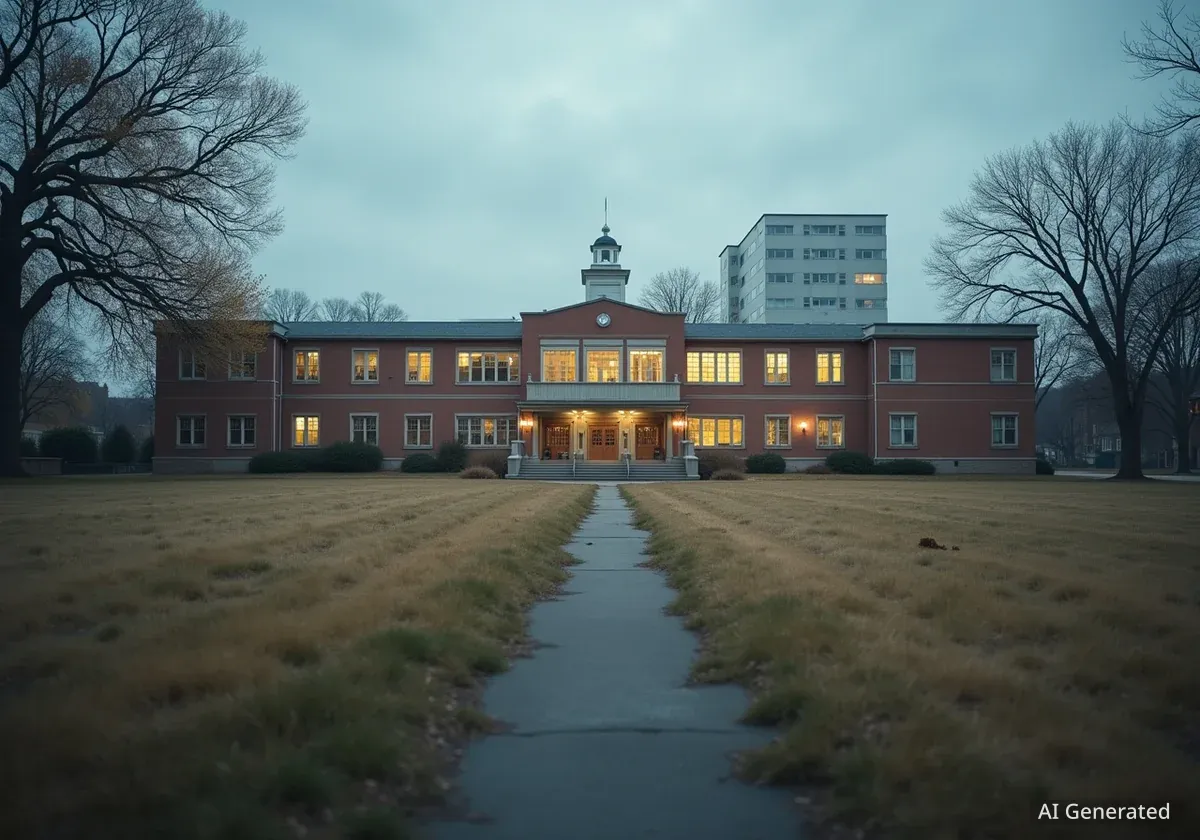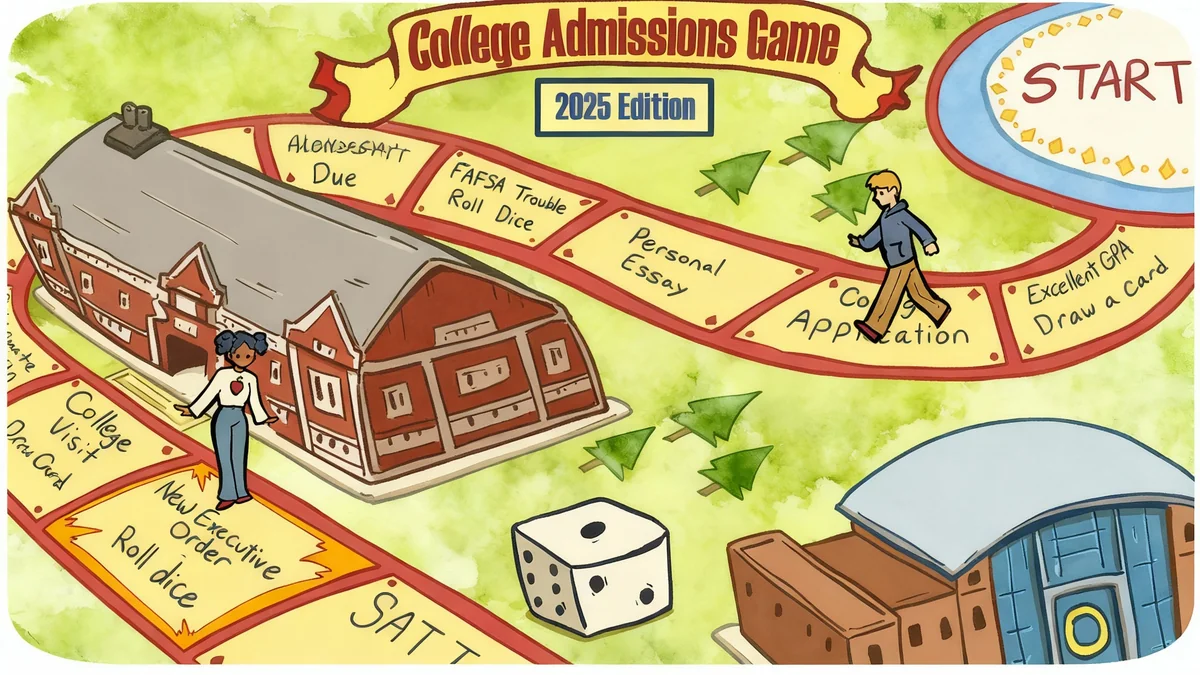A new Florida law is creating significant concern among public education advocates, as it simplifies the process for charter school operators to occupy underutilized public school facilities. The legislation, connected to the state's "Schools of Hope" program, is now seeing its first potential applications, with developments in Sarasota County highlighting the law's real-world impact.
Key Takeaways
- A Florida law now allows specific charter schools easier access to unused or under-capacity public school district buildings.
- The law is part of the "Schools of Hope" initiative, designed to support charter schools that serve students from low-performing traditional schools.
- Public school supporters worry this could lead to the privatization of public education resources and infrastructure.
- Sarasota County has become a key area where the implications of this new legislation are actively unfolding.
Understanding the 'Schools of Hope' Legislation
Earlier this year, Florida lawmakers passed a measure that significantly alters the landscape for charter schools in the state. The rule change, which was approved during the final hours of the legislative session with limited public discussion, targets district-owned school buildings that are not at full capacity.
The law specifically benefits charter schools operating under the "Schools of Hope" designation. These are operators with a proven track record of success, often in serving students from historically low-performing public schools. The legislation provides these operators with a streamlined path to request and acquire space within traditional public school facilities.
Proponents of the law argue it is a practical solution to two problems: it addresses underutilized public property while providing high-quality educational alternatives for students in struggling areas. They maintain that it makes efficient use of taxpayer-funded buildings and expands parental choice.
What Are Charter Schools?
Charter schools are publicly funded but are operated privately and independently of the traditional public school system. They have more flexibility in their curriculum, staffing, and operations. While they do not charge tuition, they compete with public schools for students and the per-pupil funding that comes with them.
Concerns from Public Education Advocates
Immediately following the law's passage, advocates for traditional public schools raised alarms. Their primary concern is that this policy could open the door for a gradual takeover of public school infrastructure by private entities. They argue that it creates an unfair competitive environment where public schools could lose not only students but also their physical spaces.
Critics point out that many schools are deemed "underused" due to factors like shifting demographics or state funding formulas, not because the space isn't needed for other educational programs like pre-K, special education services, or community resources.
"This isn't just about empty classrooms," stated a representative from a statewide teachers' union. "It's about the long-term control of public assets. We are seeing a legislative push that prioritizes privately managed schools over the community-governed institutions that have served our state for generations."
The lack of extensive public debate before the law's passage is another major point of contention. Opponents feel that such a significant policy shift should have undergone more thorough public scrutiny and input from educators, parents, and school board members across the state.
Sarasota County Becomes a Focal Point
The theoretical concerns about the new law are now becoming tangible in Sarasota County. Local education observers and public school supporters are pointing to recent activities in the district as the first major test of the legislation's impact. Charter school operators have begun to explore opportunities to utilize space in Sarasota's public schools, citing the new state law.
This development has transformed the debate from a statewide policy discussion into a local community issue. The Sarasota County School Board and administration are now tasked with navigating the requirements of the new law while addressing the concerns of local parents and teachers who fear the displacement of existing programs and the potential erosion of the traditional public school system.
Enrollment and Space Utilization
Across the United States, public school enrollment has seen fluctuations. According to the National Center for Education Statistics, public school enrollment was projected to be around 49.5 million in fall 2023. Space utilization is a complex issue for districts, often influenced by population shifts and the age of school buildings.
Potential Ramifications for School Districts
If the trend seen in Sarasota expands to other counties, school districts across Florida could face new challenges. These include:
- Loss of Control: Districts may have less autonomy over how their own buildings are used.
- Financial Strain: Sharing facilities can create logistical and financial complexities related to maintenance, security, and utilities.
- Increased Competition: The presence of a charter school within a traditional school building could intensify competition for student enrollment in the same location.
- Resource Allocation: Public schools might have to cede space previously used for art, music, or career and technical education programs to accommodate a charter operator.
The situation in Sarasota is being closely watched by education stakeholders throughout Florida. The outcome there could set a precedent for how similar situations are handled in other districts, potentially reshaping the relationship between traditional public schools and the charter sector for years to come.
As charter operators begin to leverage this new legislation, school boards and communities must prepare for complex negotiations and decisions about the future of their public educational infrastructure. The debate centers on a fundamental question: Are these buildings simply underused assets, or are they vital community hubs for public education?





